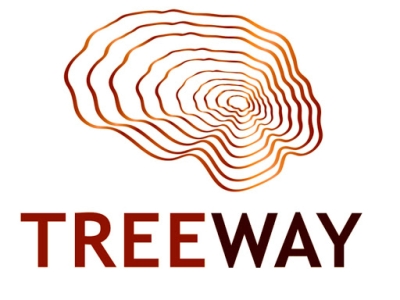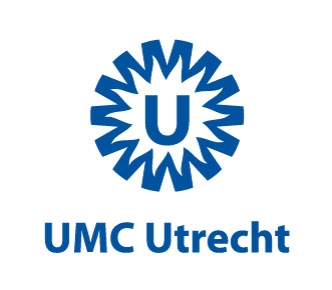Enhancing diagnostic Test accuracy in Amyotrophic Lateral Sclerosis
Amyotrophic Lateral Sclerosis (ALS) is a devastating neurological disease leading to death within on average three years. ALS can occur at any adult age and is highly variable in its clinical presentation. This complicates the diagnosis of ALS, leading to a diagnostic delay of 12-15 months and a misdiagnosis rate of 10%. Together with Treeway B.V., the UMCU will assess new biomarker-based diagnostics to timely initiate multidisciplinary care and improve quality of life.
Approximately 60,000 people are living with ALS in Europe and each year 20,000 people die from this progressive, fatal disease. Over 30,000 patients are evaluated yearly suspected of ALS, of which more than 20.000 are ultimately diagnosed with ALS. The monthly cost to society has been estimated between the €7,000 - 10,000 per patient. Early diagnosis will decrease uncertainty among patients, improve the accessibility to care, and reduce health care costs by efficiently utilising health care institutions and prevent adverse events.
The aim of this project is to evaluate new diagnostic strategies using innovative markers of oxidative stress and axonal damage in order to provide a diagnosis earlier and reduce diagnostic delay. The overall target is to contribute in the prevention of adverse events, improve self-management and deliver better prospects for finding a cure.
This project concerns a multidisciplinary consortium between the UMC Utrecht and Treeway B.V. to combine clinical and statistical expertise with biomarker proficiency in order to address the urgent need for better diagnostic tools collaboratively. Using prospective population-based registries and biobanks, we will determine a unique set of biomarkers comprising malondialdehyde, 8-hydroxy-2’-deoxyguanosine, IL-6 and neurofilaments. Biomarker data will be matched with high-dimensional clinical information, including MRI, cognitive and electrophysiological information. State-of-the-art statistical modelling techniques are used to assess the biomarker’s expedience.


